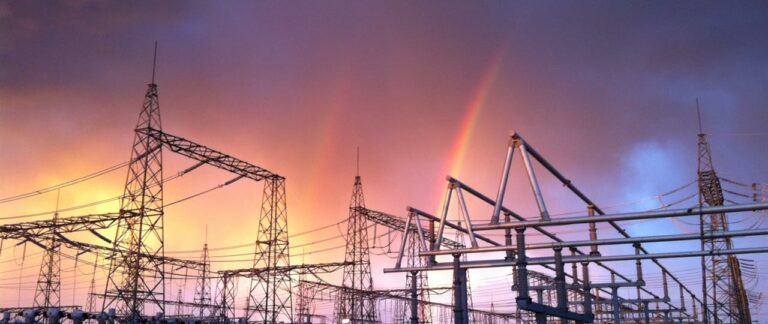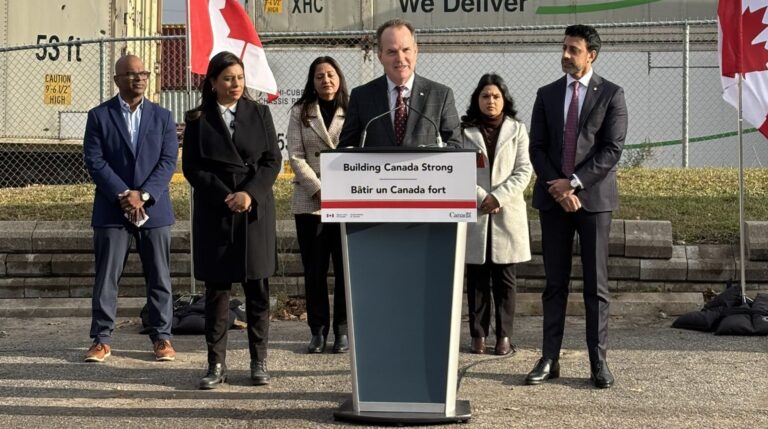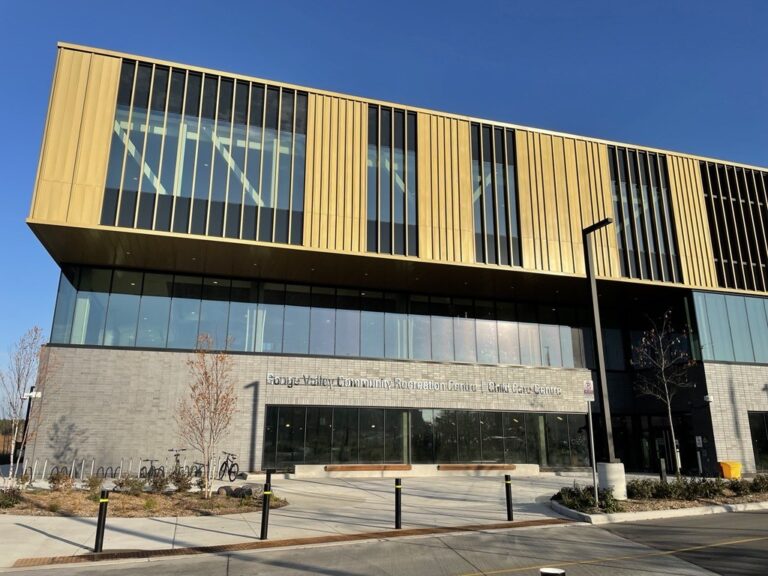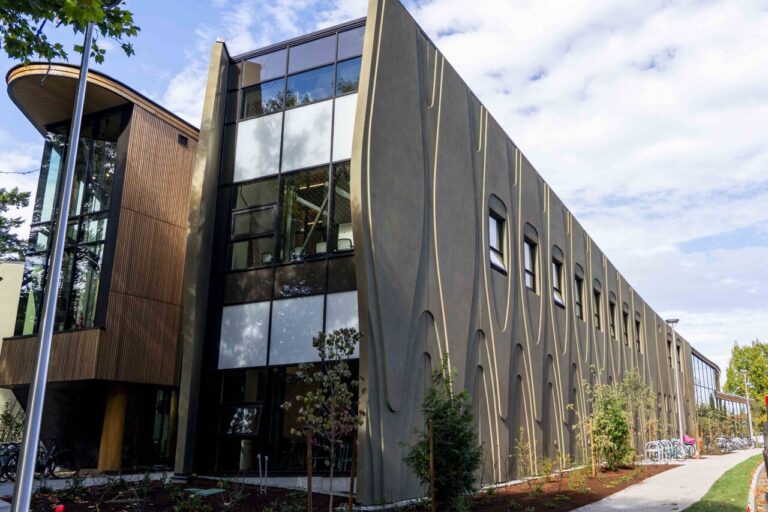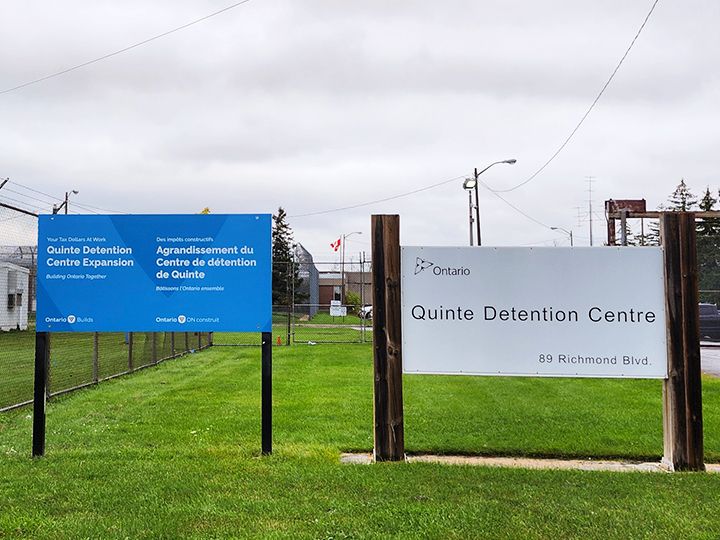The Government of Ontario and City of Toronto announced they are working to bring a third electricity transmission line into downtown Toronto.
“We are acting now to protect Ontario families, workers and businesses by ensuring our province’s largest city has the power it needs to grow,” said Stephen Lecce, Minister of Energy and Mines. “By planning for and investing in this critical infrastructure, we’re securing the electricity needed to power new communities like the Port Lands and East Harbour in downtown Toronto, as well as supporting major transit expansions like the Ontario Line and securing a reliable and affordable energy supply without relying on other jurisdictions.”
Toronto’s electricity demand is expected to roughly double by 2050, with the greatest need being projected in the downtown core. The City of Toronto is currently supplied by only two transmission supply paths, one from the west at Manby Transmission Station (TS) near Kipling Road and Dundas Street and one from the east at Leaside TS near Overlea Boulevard and Millwood Road. These pathways will start to reach their capacity in the early 2030s. Following more than a year of technical analysis and public engagement, Ontario’s Independent Electricity System Operator (IESO) has confirmed a third transmission line will be required to meet Toronto’s growing demand.
“Toronto is growing. As we build more housing, transit, and create more jobs, we’re going to need the power that fuels and sustains economic growth,” said Olivia Chow, Mayor of Toronto. “With our electricity needs doubling over the coming decades, we’re ready to work with the provincial government to advance a third transmission line that will help power our growing city.”
The IESO has identified three potential options for new transmission supply in Toronto, each of which has been designed to minimize land-use impacts by using existing infrastructure corridors, underground segments or underwater routes:
- An overland route from Pickering to Leaside in Toronto. This line would connect Cherrywood Transmission Station (TS) to Leaside TS using an existing transmission corridor.
- An overland route from Pickering to the Port Lands in Toronto. This line would connect Cherrywood TS to Hearn TS via Warden TS, using an existing corridor to Warden TS, then possibly transitioning to an underground cable from Warden TS to Hearn TS.
- An underwater cable from Darlington or Pickering to the Port Lands in Toronto. This line would connect underwater through Lake Ontario.
“Toronto Hydro welcomes this commitment by the Government of Ontario and the City to expand electricity transmission capacity into our community. Core infrastructure, including transmission and distribution, is the foundation of a thriving and growing region. We look forward to integrating the Third Line as we continue to serve our customers and support the City of Toronto’s clean energy goals with affordable and reliable electricity,” said Jana Mosley, president and CEO, Toronto Hydro Corporation.
The IESO – as part of its Integrated Regional Resource Plan – will conduct further engagement this summer — including continued public engagement and targeted discussions with the City of Toronto, Indigenous communities, and key stakeholders — to inform a final recommendation to the government by the end of August 2025.
Once a final recommendation is made, the Ontario government will evaluate what actions must be taken to kickstart its development. Depending on the option selected and the necessary approvals, construction and commissioning could take between seven to 10 years to complete.
“Toronto’s continued growth requires a reliable and affordable electricity system that grows along with it. The IESO will work closely with city officials, Indigenous leaders, residents, industry and other partners across the community to explore options, including new transmission lines into the city, to ensure the right solutions are in place to support Toronto’s families and businesses.” said Lesley Gallinger, president and CEO of Ontario’s Independent Electricity System Operator.
Featured image: (Government of Ontario)




